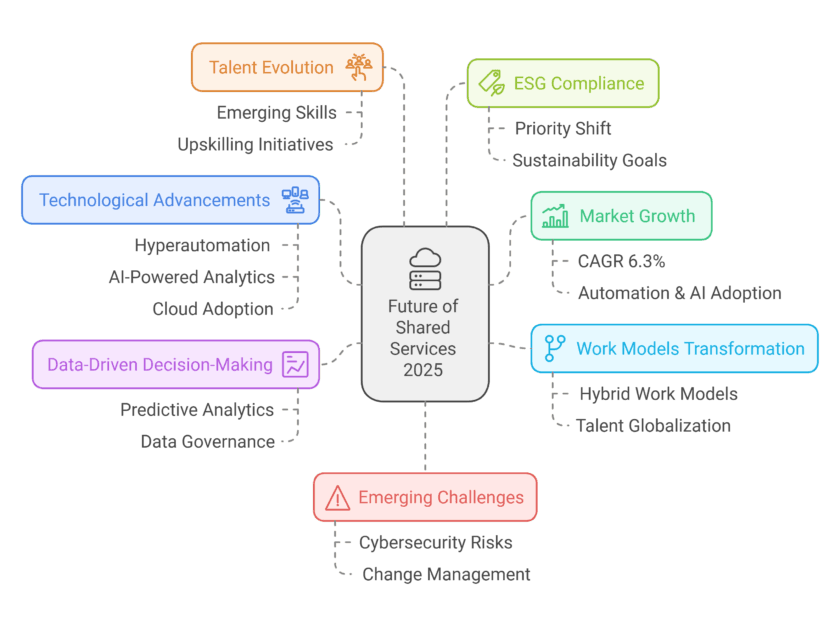Elevate Stakeholder Experience: 5 Proven Strategies for GBS
Alright, let’s dive into this whole *stakeholder experience* thing, shall we? You know, in the world of Global Business Services (GBS), we talk a lot about optimization and efficiency, but what about… feeling? (Yeah, that’s a real thing.) Anyway, stakeholders—they’re not just numbers on a balance sheet. They’re people! With thoughts, feelings, and—gasp—expectations! Here are five strategies that, if you pull them off right, might just elevate that experience (like, *whoosh*, really up there). Begin with Empathy (Hello, Heartfelt!) You gotta walk a mile in their shoes, right—like, assuming they have feet? Okay, so maybe not literally, but kind of? Empathy isn’t just a buzzword. Ask yourself: “What do our stakeholders need?” Not just like, annual reports or whatever. Think bigger! Maybe they want clarity or a sense of purpose? A story? Sure! Picture this: A finance manager in a shiny office—who’s too busy juggling spreadsheets—aims for insights. What if you could streamline communication? Boom! Suddenly, they feel valued. Because let’s be real, feeling valued makes all the difference, doesn’t it? Streamline Communication Paths (Less is More) Talk about a major buzzkill: confusing channels of communication. I mean, have you ever tried reaching out to customer support? (Ugh, the buttons!) Instead, let’s make it easier for them to get what they need. Chatbots, dashboards, even a simple video call can do wonders! Throw in regular check-ins. Keep it casual, like, “Hey, how’s it going, everything okay?”—but make sure it’s not just small talk. Build actual relationships. Trust me, it’s like holding a warm cup of coffee on a cold day. Gather Feedback (Listening is Magical) Alright, here’s the deal. Everybody loves a good survey, don’t they? Nope, just kidding—most people don’t. But collecting that feedback? Oh boy, it’s like mining for gold in a sea of opinions. So how do we make it more engaging? Spice it up! Try fun formats, like polls or interactive sessions. Just keep it light—seriously, nobody wants to fill out a 75-question form (they’ll just die a little inside). And when you get that feedback? Respond! Show you’re listening. It’s not one-sided communication; it’s more like a dance. A waltz, not a chaotic conga line. Invest in Technology (Or Is It Magic?) There’s this little thing called *process optimization*. Ever heard of it? It’s like optimizing your spaghetti recipe (you know, less water, more flavor). The right technology can revolutionize stakeholder experience. Get yourself some automation tools. They’ll slice through tasks faster than a ninja chef! But here’s the kicker—technology should feel like a helping hand, not an overlord. Think of it this way: when tech enhances collaboration, everyone wins! A recent study—okay, I don’t have the specific figures, but it showed increased satisfaction when teams can communicate seamlessly. (Like, duh!) Culture of Continuous Improvement (Never Settle) And finally—the cherry on top! A culture that embraces change. I mean, can you remember when floppy disks were all the rage? (Wait, what’s that?) Anyway, things evolve—and so should your approach. Encourage innovation—team brainstorming sessions can unleash some wild ideas! Empower your teams to suggest new strategies or try new things. Create a safe space to fail (I know, sounds risky, but bear with me). When your stakeholders see you evolving? They’ll get that warm fuzzy feeling. Bringing It All Home So there you have it: five strategies to elevate the stakeholder experience in GBS! Simple, right? (Well, maybe not *easy*, but certainly doable.) Cowabunga! Remember, it’s about humanizing the interactions, building trust, and creating an ecosystem where everyone feels involved.
Elevate Stakeholder Experience: 5 Proven Strategies for GBS Read More »









